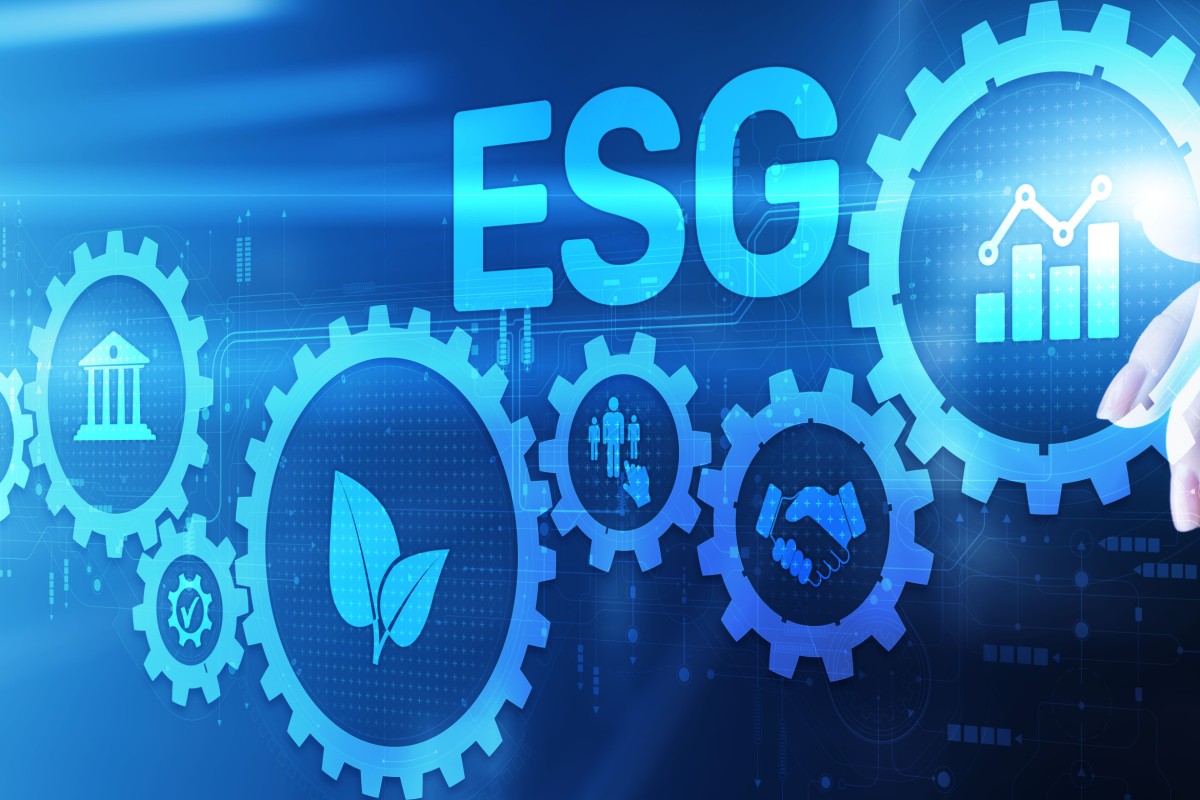Using ESG Reporting Software to its Full Potential
Environmental, Social, and Governance (ESG) reporting is becoming increasingly important for businesses of all sizes. As more investors prioritize ESG performance, companies need to ensure their reporting is accurate and up to date. To get the most out of your ESG reporting software, it’s important to understand your needs, choose the right software, and develop a data collection strategy. Automating processes and leveraging technology will also help to improve efficiency and performance.
- Understanding ESG Reporting Software
Before investing in ESG reporting software, it’s important to understand the capabilities and features of the software and how it will fit into your existing operations. ESG reporting software can be used to collect, analyze, and report on ESG performance. It can also be used to integrate ESG reporting with other business systems, such as customer relationship management (CRM) software. It’s important to understand the features of the software and how it can be used to meet your ESG reporting needs.
- Evaluating Your ESG Software Needs
Once you understand the capabilities of esg reporting software, you can evaluate your specific needs. Consider the size of your organization, the complexity of your ESG goals, the data you need to collect, and the resources you have available. This will help you determine which features are most important and which type of software will best meet your needs.
- Choosing the Right ESG Reporting Software
Once you understand your needs, it’s time to choose the right ESG reporting software. Consider the features of the software, the cost of the software, and the user experience. Make sure the software is user-friendly and easy to navigate. Evaluate customer reviews and demos to get a better understanding of the software and how it can meet your needs.

- Developing an ESG Data Collection Strategy
Once you’ve chosen the right ESG reporting software, you need to develop a data collection strategy. This includes determining which data points to collect and how to collect it. You should also consider how to store the data and how to ensure the data is accurate and up to date.
- Automating ESG Reporting Processes
To get the most out of your ESG reporting software, you should automate as many of the reporting processes as possible. Automation can help to reduce errors and improve the accuracy of your reports. Automation can also help to streamline the reporting process and reduce the amount of time and resources needed to complete the process.
- Leveraging Technology to Enhance ESG Reporting
In addition to automating processes, you can also use technology to enhance your ESG reporting. For example, you can use artificial intelligence (AI) and machine learning (ML) to identify trends and patterns in your data. You can also use predictive analytics to forecast future performance and identify opportunities for improvement.
- Utilizing Visualization to Monitor ESG Performance
Visualization tools can be used to monitor the performance of your ESG reporting. These tools can help to identify areas of improvement, track progress, and compare results to industry standards. Visualization tools can also help to communicate performance to stakeholders and demonstrate the impact of your ESG initiatives.
